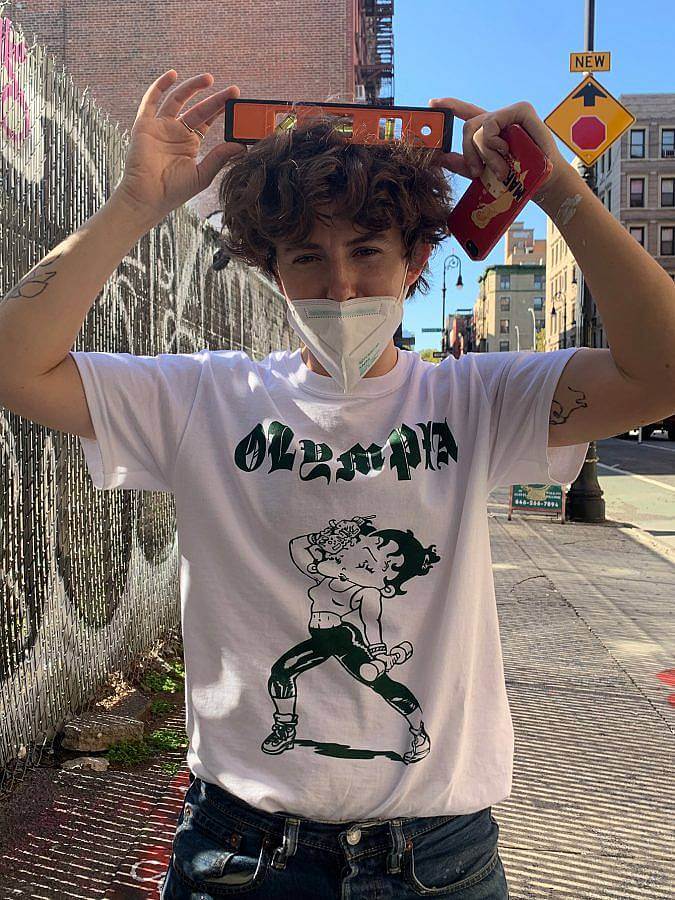Tell us a bit about yourself and what you do.
I am always trying to figure out how and what to define myself as. One consistent self-disclosure–I gain much of my energy from bringing people together.
What is your workspace like
My proper workspace at home is very tiny. I tend to carry most of my writing in 6 notebooks, as well as the audio recording and notebook function on my iPhone.
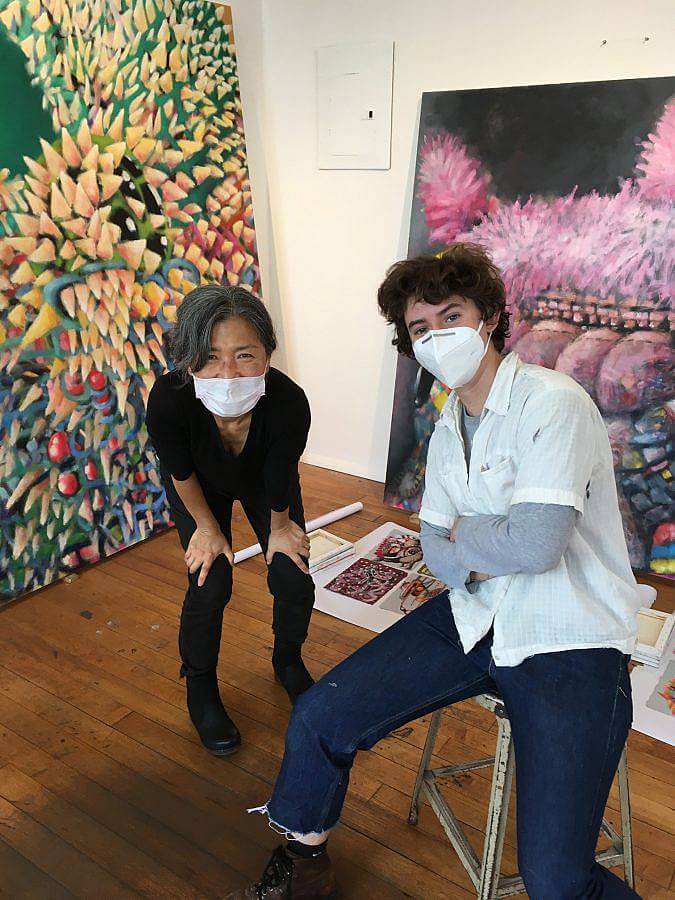
How was Olympia founded?
Olympia was founded at Mount Holyoke College in 2015. I started it as an excuse to have parties and enable an eclectic range of art forms to come into contact with each other. Our programming has remained pretty attuned to the interdisciplinary, and critical practices of Mount Holyoke, the first historically all women’s college in the United States.
How does your team work together to curate and organize shows?
Everything is collaborative. Everything starts and ends through conversation.

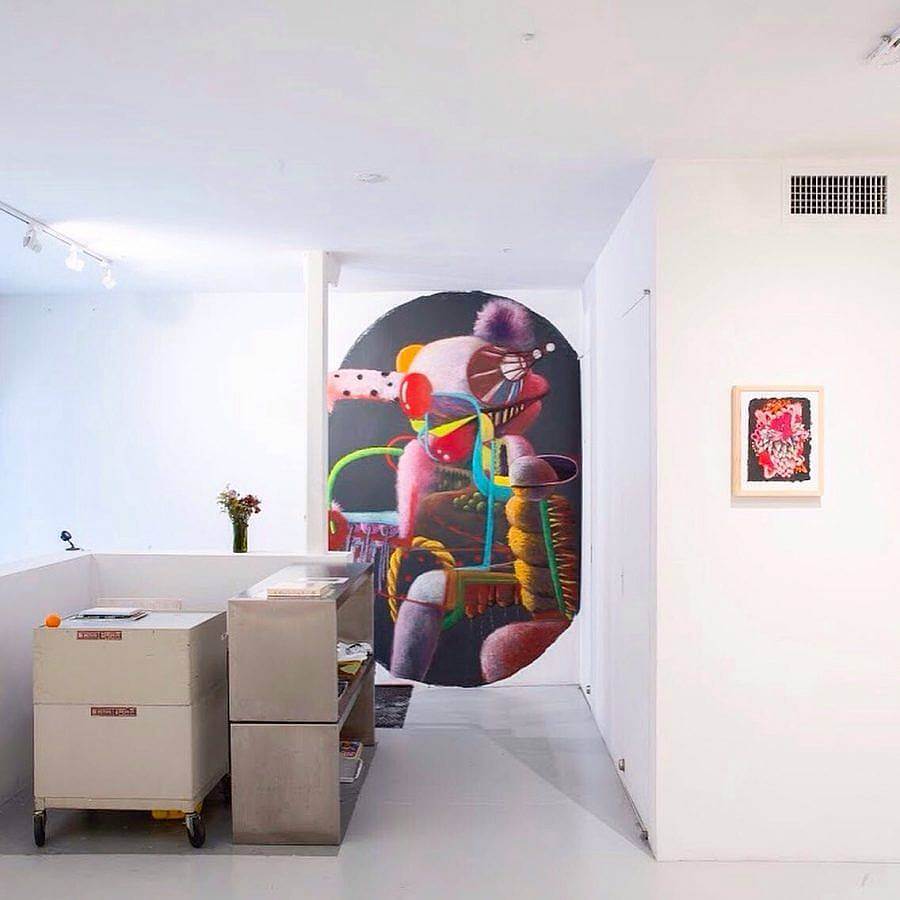
Can you tell me a bit about Psychotropic Dance, Mie Yim’s show?
Mie and I had been discussing the prospect of working together for almost three years.
She attains this quasi-hyper abstract muscle in her painting practice but allowed it to morph and enter unknown territories recently. The show became a hybrid of anthropomorphic & still-life imagery. A painterly language came into full fruition by shifting between drawing and painting–a ritual that she developed while she was unable to get to her studio at the beginning of lockdown.
In addition to running a gallery, you offer art handling services. How does that interface with Olympia?
My background, professionally speaking, is in art handling. I have worked for the Museum of Art and Design, David Zwirner Gallery, Kaufmann Repetto, Christie’s, + many other places. This practice serves as an extension for Olympia. Art logistics is yet another space that is cis-male-focused. We want to disrupt these tropes and build BETTER constellations.

How did you get started as a curator and art professional?
I don’t identify as a curator. Art is language. For many of us, this language is a tool for processing and thinking through the interactions of our lives. I’m dedicated to that process for myself and for people who are invested in our programming.
What was your process like organizing MAIL: Hate Mail, Fan Mail, Junk Mail, & E-Mail with Anna Berlin?
Anna and I spoke on the phone almost every day from April on (we still do). MAIL’s inception came out of these staggered, long-distance phone calls between many of our friends. Oftentimes, someone says something, and the rest of us are like “hey that’s a really good show title, let’s run with it”.
MAIL became a homage to artists’ ability to say something through idiosyncratic vernaculars. It also attests to how multifaceted and varied our systems of communication are today.
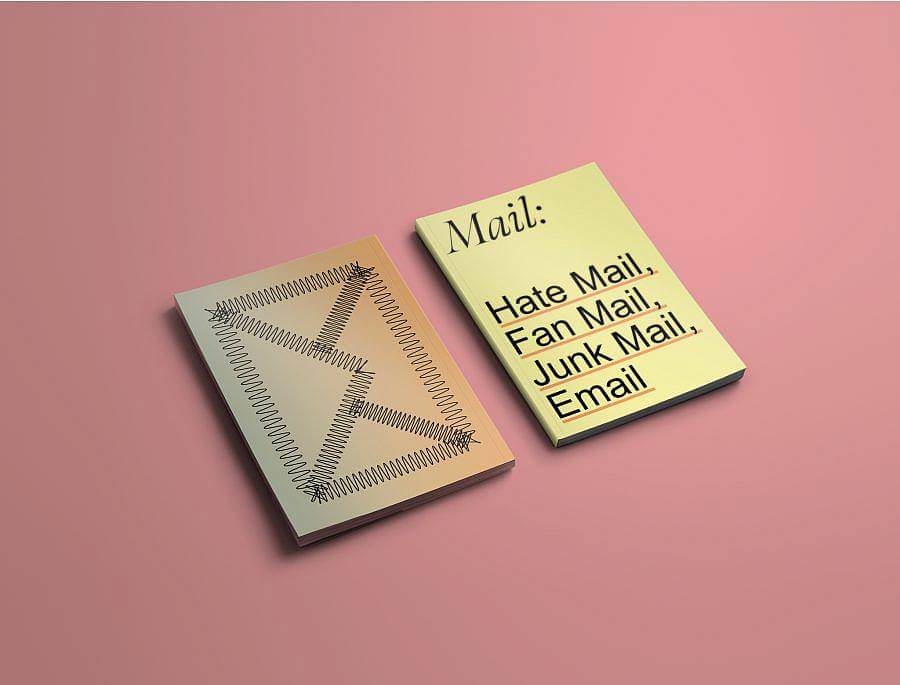
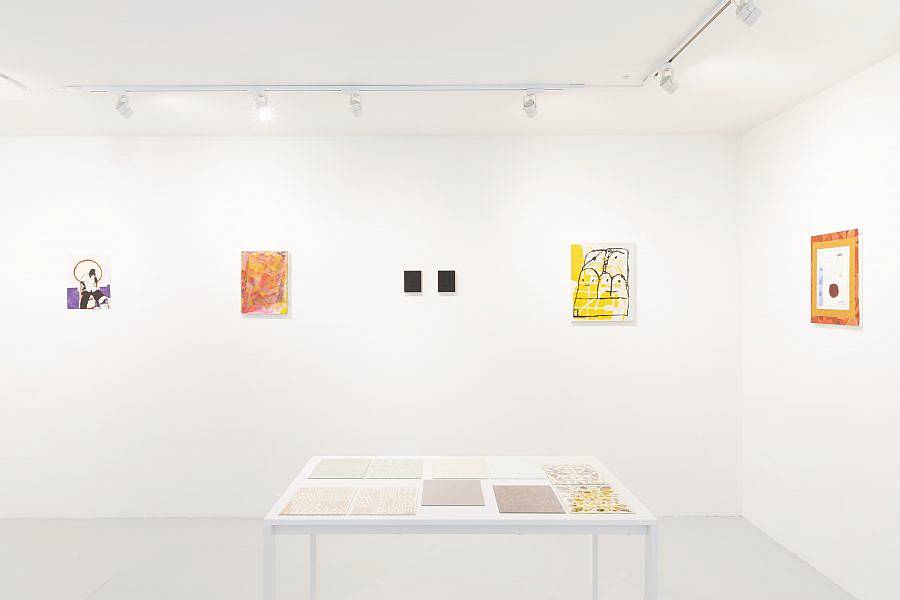
I’d love to hear a bit about Zi Yi Wang’s a thing like you and me?
a thing like you and me started as a two-person manifesto. Zi Yi and I shared notes, bits of feedback, random anecdotes for about a year and a half on a shared google doc. For much of this time, we shared a studio together in Brooklyn; many of our breakthroughs were shared.
The amalgamation of documentary with the assemblage shapes the artist’s memory, while also creating a self-portrait quality. Zi Yi’s metaphysical installation suspends the essence of self in many places at once. Time isn’t linear. The past, present, and future are constantly informing our movements. Perhaps the past and present feel a little bit more attainable, as they are ‘visible’, yet there is still so much room for movement. a thing like you and me revels in the multifaceted reality of the post-internet age. It is an autofiction.
What role do you feel publications & exhibition catalogues serve in coordination with art shows & exhibition spaces?
Similar to dead stars, an extension of the show, in a book format, sheds light for years to come.
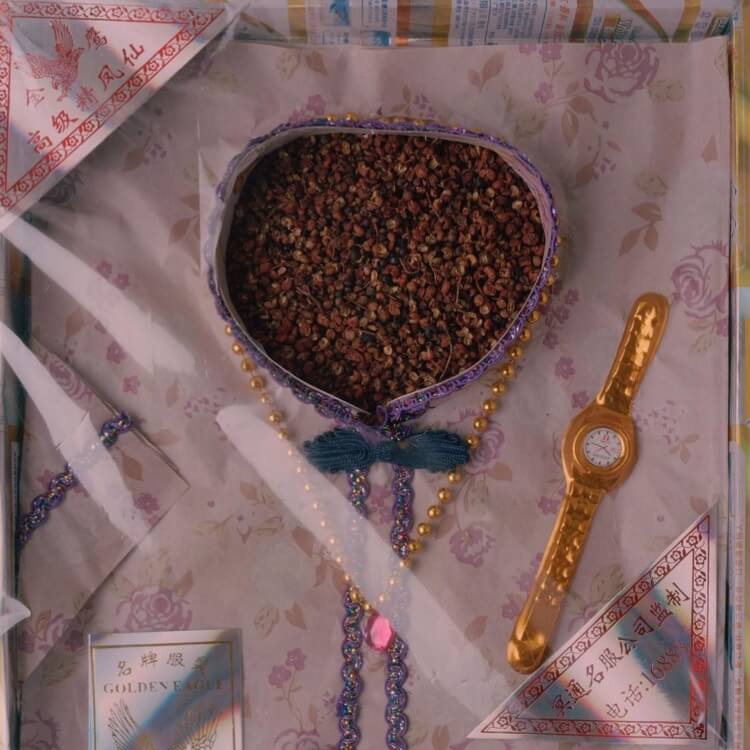
Interview composed and edited by Joan Carol (Amanda Roach).
